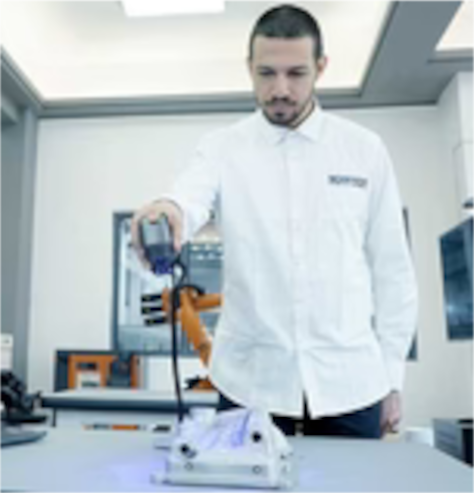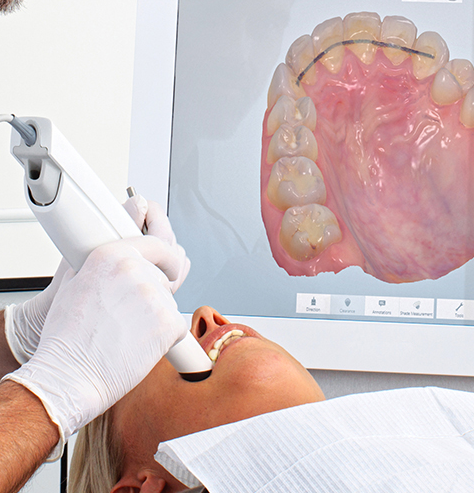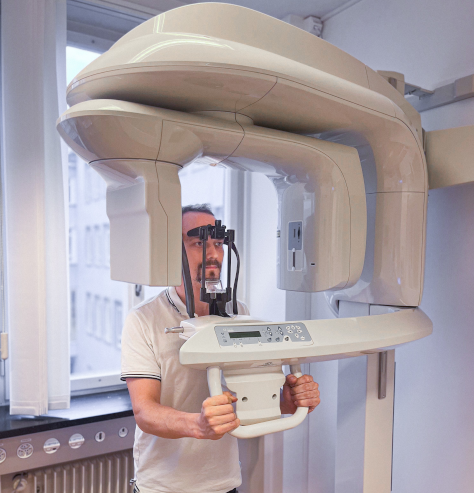
3D Scanning Services

In today's world, 3D scanning services are in high demand, and companies worldwide are harnessing the versatility of this cutting-edge technology. Their goal? To boost productivity, save costs, and develop innovative, attractive products and services.
3D scanning involves the transformation of existing products or components into digital models. These models can then be used for a variety of applications, including additive manufacturing (3D printing), simulations, CAD assemblies, and quality assurance.
Accelerating Workflows with 3D Scanning
Industries like industrial design, engineering, and manufacturing regularly rely on 3D scanning. This technology enables the rapid and precise capture of data, expediting workflows, and enhancing productivity. When you need to reproduce a tool or component repeatedly, our structured light 3D scanning services provide the ideal solution. Simply scan the final design, and you can immediately commence serial production.
In the realm of healthcare, our advanced 3D scanning services offer Structured Light Scanners, dental scanners, intraoral scanners, and CT/micro CT scanning capabilities. These technologies empower Industrial and medical professionals to:
- Recreating existing designs
- Reverse engeneering
- Create precise, patient-specific dental and medical implants.
- Perform detailed anatomical analyses for research and diagnosis.
- Develop custom orthodontic devices and prosthetics.
- Improve surgical planning and treatment outcomes.
- Conduct non-destructive testing and inspection of medical components.
At our interdisciplinary center, we offer tailored 3D scanning services that cater to your unique needs. Whether you're in academia, healthcare, engineering, or any other field, our services empower you to innovate, create, and explore new horizons. Discover the world of possibilities with 3D scanning services tailored just for you.
3D Scanning Applications
Quickly create accurate digital replicas of physical objects for design improvements or legacy part reproduction
Precisely assess product quality and detect defects, helping you maintain high production standards
Speed up the prototyping process by capturing real-world objects in 3D, allowing for faster design iterations.
Tailor products to unique customer needs with precise measurements and adaptations.
Accurately capture as-built structures and construction progress for planning and documentation.
Preserve and document historical artifacts, sculptures, and architectural wonders with high precision.
Create digital 3D models of art pieces and design objects for reproduction, modification, or archival purposes.
Tailored and Ergonomic Adaptations
3D scanning shines when it comes to adapting products to fit existing components or the human body. This technology facilitates the creation of customized, precisely fitting holders, holsters, ergonomic components, and more.
Quality Control for Mechanical Parts
Digital models provide valuable insights. Compare the scanned object with another digital template to assess quality or detect wear and tear on a component. CAD simulations can also be employed to evaluate the functionality of a part.
Revolutionizing Logistics
The digitization of legacy inventory is gaining momentum. Components from discontinued models are scanned, stored digitally, and physical inventories become a thing of the past. When needed, these components can be produced on-demand, saving logistics costs, reducing warehouse space requirements, and freeing up capital.
Iterative Data Management
In production, variations can occur. The "Digital Twin" of a product documents these changes. Thanks to the "Digital Twin," you'll always know what was done to a component, how it was modified, and what the next steps should be. This ensures that 3D data is readily available to make enhancements and iterations based on the actual state of the product.


